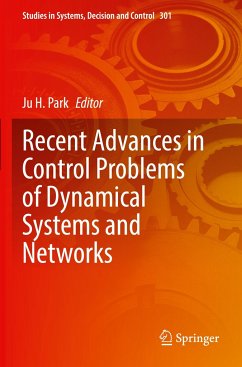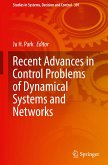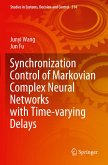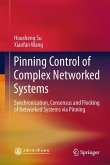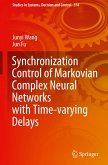This edited book introduces readers to new analytical techniques and controller design schemes used to solve the emerging "hottest" problems in dynamic control systems and networks.
In recent years, the study of dynamic systems and networks has faced major changes and challenges with the rapid advancement of IT technology, accompanied by the 4th Industrial Revolution. Many new factors that now have to be considered, and which haven't been addressed from control engineering perspectives to date, are naturally emerging as the systems become more complex and networked. The general scope of this book includes the modeling of the system itself and uncertainty elements, examining stability under various criteria, and controller design techniques to achieve specific control objectives in various dynamic systems and networks.
In terms of traditional stability matters, this includes the following special issues: finite-timestability and stabilization, consensus/synchronization, fault-tolerant control, event-triggered control, and sampled-data control for classical linear/nonlinear systems, interconnected systems, fractional-order systems, switched systems, neural networks, and complex networks. In terms of introducing graduate students and professional researchers studying control engineering and applied mathematics to the latest research trends in the areas mentioned above, this book offers an excellent guide.
In recent years, the study of dynamic systems and networks has faced major changes and challenges with the rapid advancement of IT technology, accompanied by the 4th Industrial Revolution. Many new factors that now have to be considered, and which haven't been addressed from control engineering perspectives to date, are naturally emerging as the systems become more complex and networked. The general scope of this book includes the modeling of the system itself and uncertainty elements, examining stability under various criteria, and controller design techniques to achieve specific control objectives in various dynamic systems and networks.
In terms of traditional stability matters, this includes the following special issues: finite-timestability and stabilization, consensus/synchronization, fault-tolerant control, event-triggered control, and sampled-data control for classical linear/nonlinear systems, interconnected systems, fractional-order systems, switched systems, neural networks, and complex networks. In terms of introducing graduate students and professional researchers studying control engineering and applied mathematics to the latest research trends in the areas mentioned above, this book offers an excellent guide.

